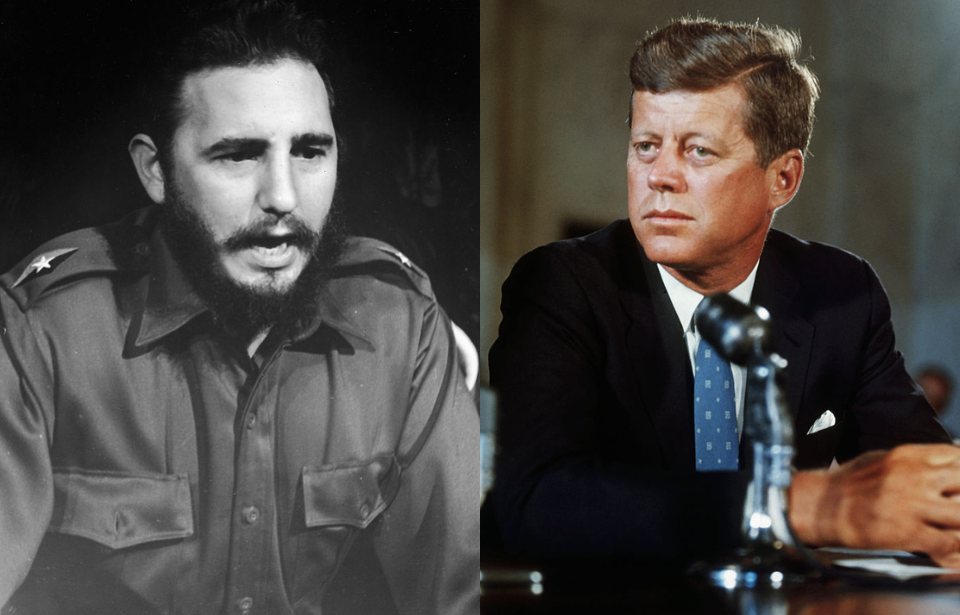Fidel Castro was one of the most famous figures of the Cold War. He was especially famous in the United States, as officials with the US government were desperate to see him removed from power. President John F. Kennedy spent more time on Cuba than during any other foreign policy problem to occur throughout his time in office. Operation Mongoose was developed to get rid of Castro.
Through this secret mission, the CIA and the Kennedy Administration came up with what can only be described as wacky and outrageous plots to remove Fidel Castro from power – at any cost.
The Bay of Pigs Invasion is a massive failure
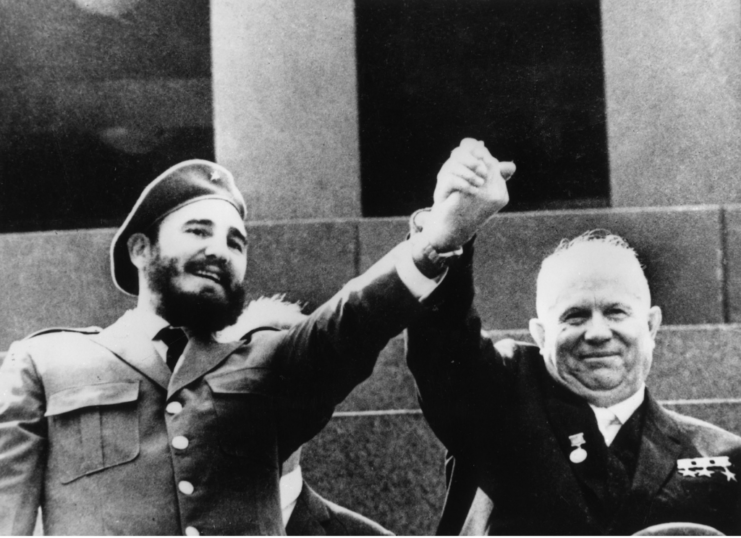
Before John F. Kennedy was elected president, the Eisenhower Administration and CIA clandestinely explored ways in which Cuban leader Fidel Castro could be undermined and expelled from power. Castro’s Communist policies, his close ties with the Soviet Union and Cuba’s proximity to the US made officials anxious.
Primary documents assert that the CIA explored the notion of assassinating Castro by enlisting the help of the Mafia, before Kennedy came into Office. The Mafia, after all, would have a motive in wanting Castro killed, as he’d disrupted casinos, travel and business interests in Havana. Similarly, the Mafia would give the CIA plausible deniability if an assassination plot was uncovered.
When Kennedy took Office, these clandestine assassination plans were largely discarded. What wasn’t abandoned, however, was the CIA’s planned invasion of Cuba. In March 1960, Dwight D. Eisenhower had ordered the agency to train and arm a force of Cuban exiles for an armed attack. When Kennedy became president the following year, he not only inherited the plan, he decided to move forward with it, despite objections from military advisors.
On April 17, 1961, around 1,200 Cuban exiles armed with American weapons and landing craft came ashore at the Bay of Pigs. The idea was that this force would motivate other Cuban citizens to rise up and overthrow Castro and his government. The reality of the situation was, of course, much different. The plan immediately fell apart, as over 100 of the attackers were killed and more than 1,100 captured.
Operation Mongoose
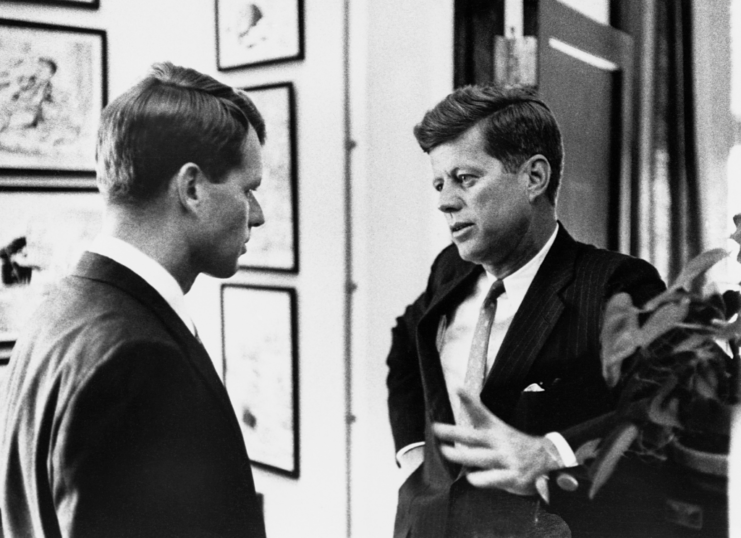
It was in the aftermath of the failed Bay of Pigs Invasion that Operation Mongoose was created. The Kennedy Administration was determined to get Fidel Castro out of power in Cuba, one way or another. Secretary of Defense Robert McNamara recalled himself and Kennedy being “hysterical about Castro at the time of the Bay of Pigs and thereafter.”
In November 1961, a clandestine operation known as Operation Mongoose was officially authorized by President Kennedy. The goal of the operation was to do exactly what the Bay of Pigs Invasion had failed to: remove the Castro regime from Cuba.
President Kennedy, who felt that his military advisors had betrayed him during the Bay of Pigs Invasion, put his brother, Robert, in charge of overseeing the operation, while Gen. Edward Lansdale was tasked with coordinating efforts between the CIA, the Defense Department and the State Department.
During a meeting at the White House in November 1961, Robert Kennedy wrote that his “idea is to stir things up on the island with espionage, sabotage, general disorder, run [and] operated by Cubans themselves.” The goal was that, by October 1962, a revolt would take place, with the Cuban people attempting to overthrow Castro.
Dirty tricks and assassination plots
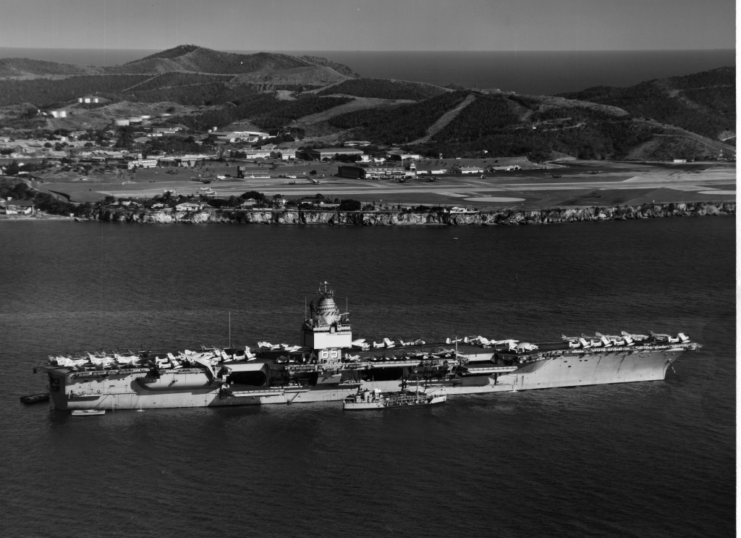
The Kennedy Administration undertook many tactics to get the Cuban people to revolt against Fidel Castro, including psychological operations led by Lansdale, who created an anti-Castro radio broadcast that covertly aired in Cuba.
One operation suggested by Lansdale was codenamed Operation Good Time. It meant to “disillusion the Cuban population” by circulating fake photographs of an obese Castro in a lavishly-furnished room, to make the population think he was taking advantage of them. CIA operatives in Cuba also circulated stories about heroic freedom fighters, in the hopes of rallying citizens.
However, the central portion of Lansdale’s plan against Castro was a series of large-scale “dirty tricks” meant to evoke calls to arms against Cuba in the international community. Some of these tricks included having friendlies dressed in Cuban military uniforms attack the US base at Guantanamo Bay and sabotage an empty US ship in the harbor.
Another trick suggested the carrying out of a “terror campaign in the Miami area and other Florida cities, and even in Washington.” These attacks would be blamed on Castro and allow for US military intervention in Cuba.
Among the most unusual tricks to come out of Operation Mongoose involved the Mercury space capsule and astronaut John Glenn, the first American to orbit the Earth. The idea was to “provide irrevocable proof, that should the Mercury manned orbit flight fail, the fault lies with the Communists, et al Cuba.” Planners suggested this could be accomplished “by manufacturing various pieces of evidence which would prove interference on the part of the Cubans.”
Although none of these plans were ever adopted, attempts to kill Castro were undertaken by members of Operation Mongoose. This part of the mission, which became known as “Executive Action,” was run by CIA agent William King Harvey. The codename was allegedly a CIA euphemism, defined as a project for research into developing means for overthrowing foreign political leaders, including a “capability to perform assassinations.” Harvey’s specific project was given the codename ZR/RIFLE.
The CIA agent attempted to use mobsters to assassinate Castro, but was unsuccessful in all attempts.
Suspension of Operation Mongoose
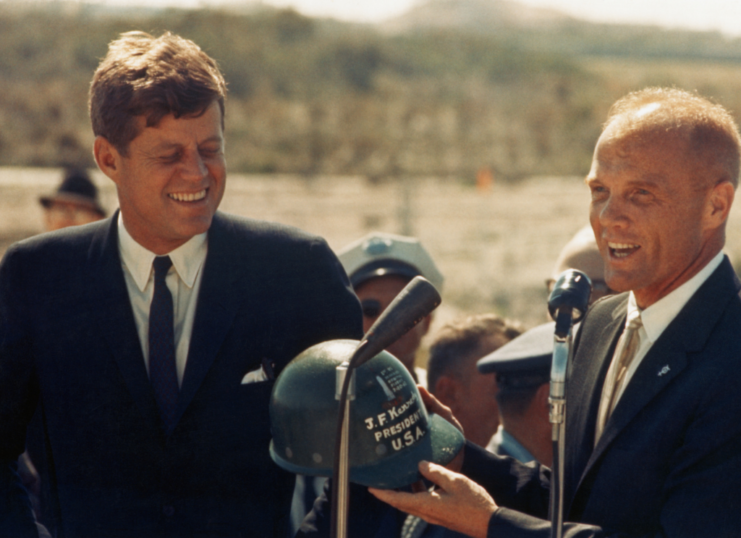
For all the imaginative plans and proposals developed, Operation Mongoose existed more on paper than in actual practice. Once the Cuban Missile Crisis began on October 16, 1962, President Kennedy suspended the mission.
More from us: Starlet-Turned-Spy: The Double-Life of Josephine Baker
Although efforts to overthrow Fidel Castro eventually resumed, Operation Mongoose was officially disbanded in 1963. However, it wasn’t until 1974, in the wake of the Watergate Scandal, that notes about it surfaced for the first time.
